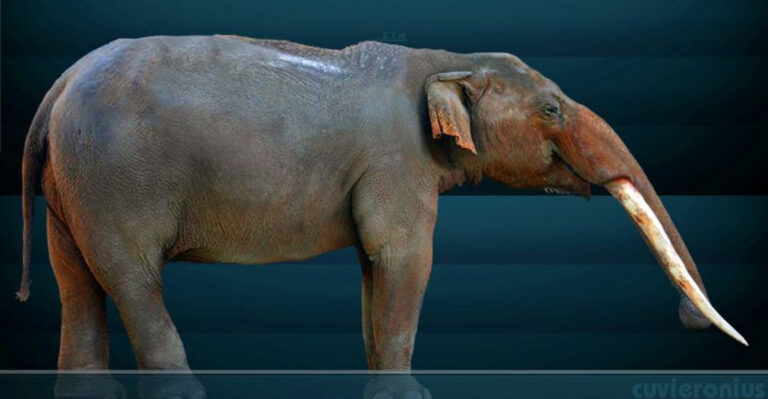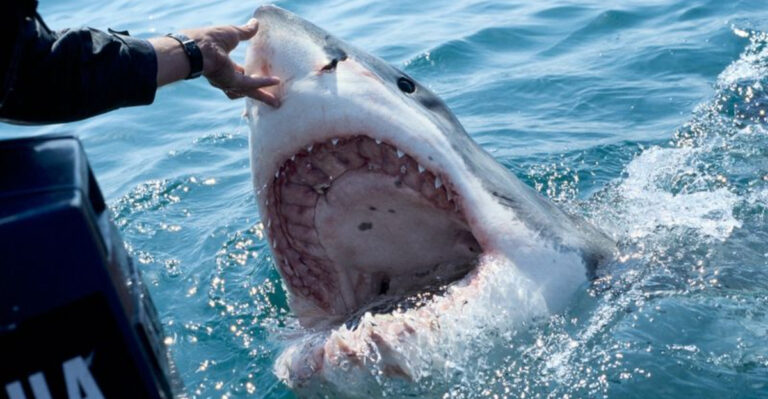Scientists Discover Massive Croc-Like Predator – And It Was A Terror Long Before Dinosaurs
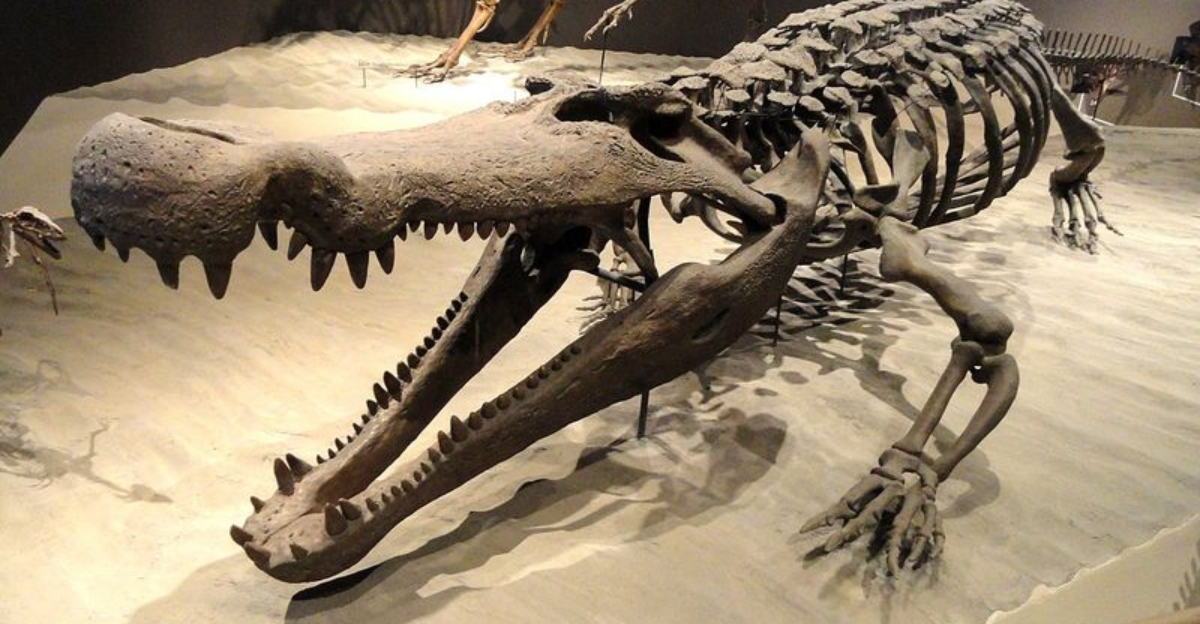
A team of paleontologists has unearthed fossils of a gigantic crocodile-like creature that ruled Earth’s waterways millions of years before dinosaurs even existed.
This prehistoric apex predator, with its massive jaws and armored body, gives us a glimpse into a terrifying world we can barely imagine. The discovery is reshaping our understanding of Earth’s early ecosystems and the evolution of large predatory reptiles.
1. King Of The Triassic Waters
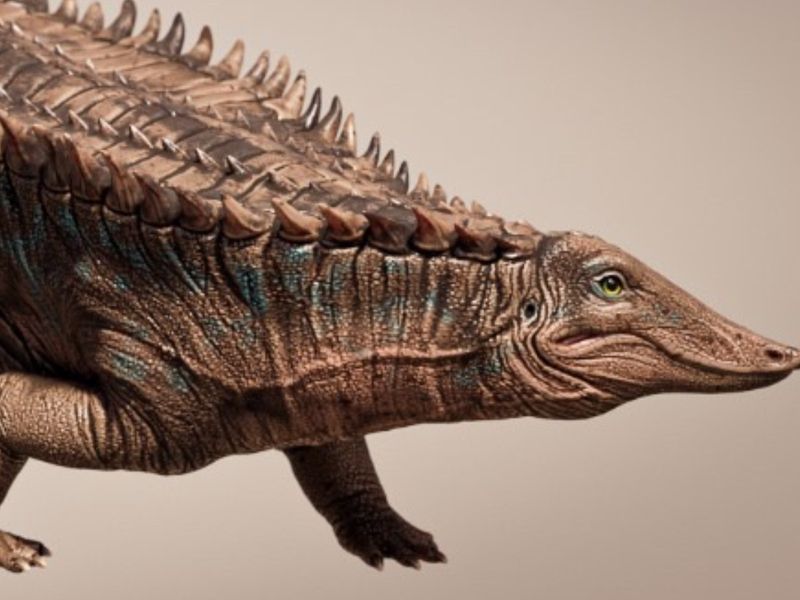
Before T-Rex roamed the land, these massive croc-like beasts dominated waterways during the Triassic period, roughly 240 million years ago. Their reign of terror predated dinosaurs by millions of years!
Scientists believe these creatures evolved from earlier reptiles that returned to aquatic environments, developing specialized adaptations for hunting in water while maintaining some land capabilities.
2. Bone-Crushing Bite Force

Jaw mechanics analysis reveals these ancient hunters possessed bite forces that would make today’s crocodiles seem gentle by comparison. Their specialized teeth could puncture turtle shells and crush bone with terrifying efficiency.
Fossilized prey items found with stomach contents intact show evidence of catastrophic damage, suggesting these predators could dispatch even heavily armored victims with a single devastating bite.
3. Enormous Size Advantage
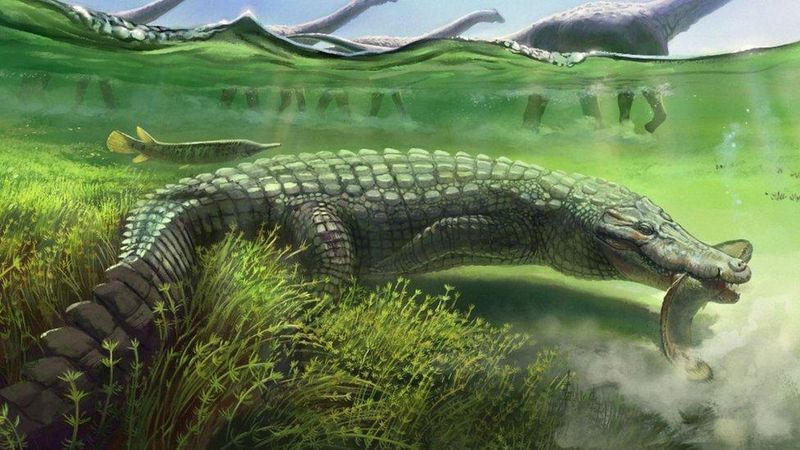
Measuring up to 30 feet long—about the length of a school bus—these behemoths dwarfed most other creatures in their ecosystem. Their massive size wasn’t just for show; it allowed them to take down virtually any prey they encountered.
Adults likely had few natural predators, creating a lifestyle where territory defense against rivals became more important than avoiding danger from other species.
4. Armored Like A Tank
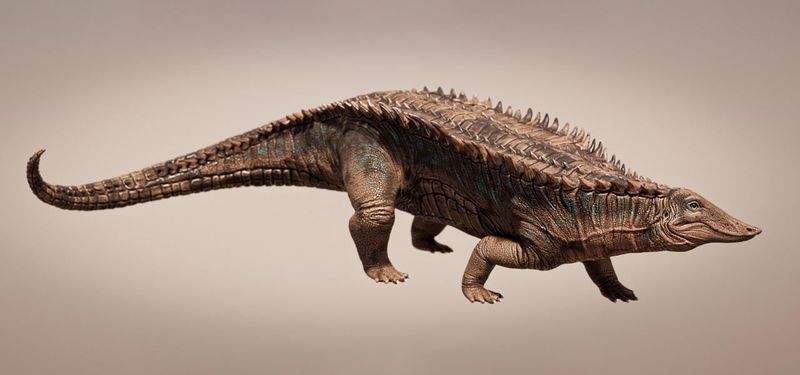
Thick, bony plates called osteoderms covered these creatures from head to tail, creating a natural armor that protected them during combat. These specialized scales weren’t just defensive—they helped with temperature regulation and possibly even calcium storage.
The armor pattern varied between species, giving paleontologists valuable clues about their evolutionary relationships and helping identify new fossil discoveries.
5. Unexpected Hunting Strategies

Unlike modern crocs that rely primarily on ambush tactics, fossil evidence suggests these ancient predators employed diverse hunting methods. Some species show adaptations for active pursuit, with streamlined bodies and powerful tails for speed.
Others display features suggesting they were ambush specialists, lying in wait for unsuspecting prey to venture too close to the water’s edge before launching lightning-fast attacks.
6. Surprisingly Advanced Senses
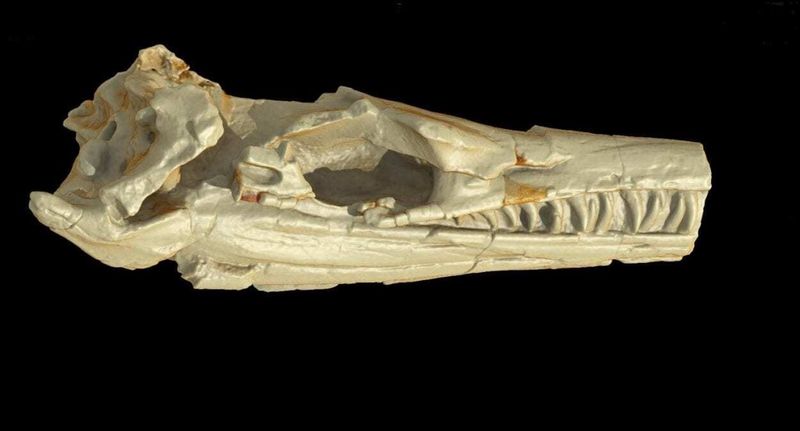
Skull analysis reveals these creatures possessed highly developed sensory systems that would put modern predators to shame. Specialized nerve channels suggest extraordinary sensitivity to water vibrations, helping them detect prey movements from remarkable distances.
Their eyes were positioned for excellent binocular vision, while evidence of large olfactory bulbs indicates an acute sense of smell that likely allowed tracking prey through murky waters.
7. Survived Mass Extinction
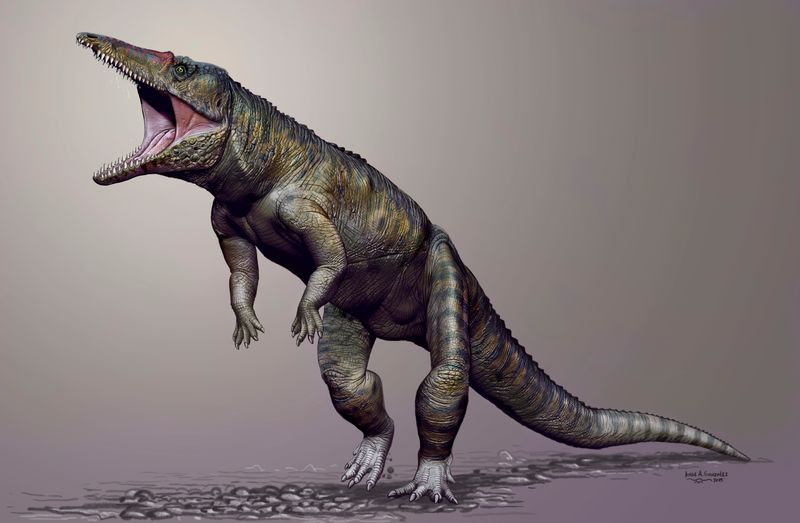
When the Permian-Triassic extinction wiped out nearly 96% of marine species and 70% of terrestrial vertebrates, these resilient predators managed to survive. Their adaptability allowed them to thrive in the aftermath when competition was reduced.
Scientists believe their semi-aquatic lifestyle provided crucial advantages during the catastrophic climate changes, giving them access to multiple food sources when specialized creatures couldn’t adapt quickly enough.
8. Unexpected Parental Care
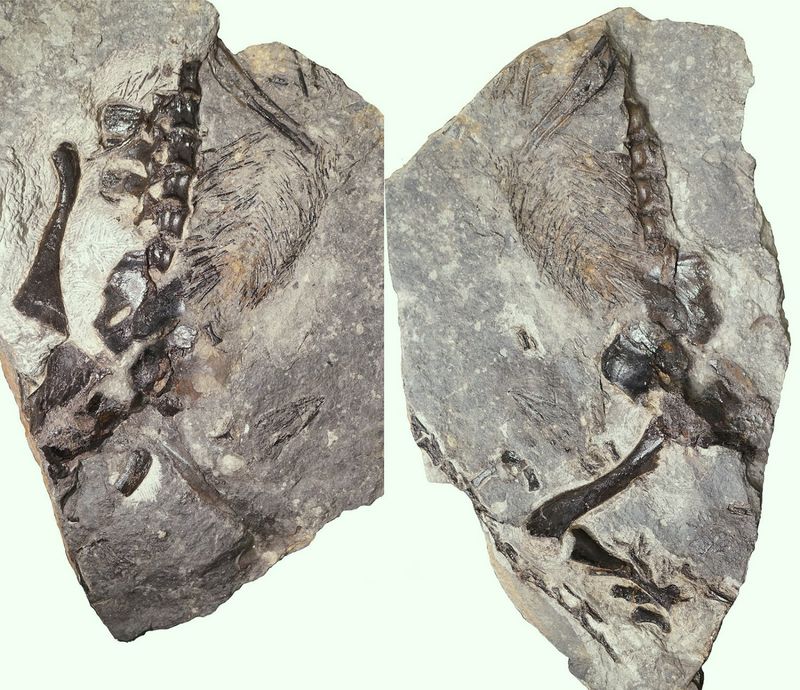
Fossil nests discovered alongside adult remains suggest these fearsome predators may have protected their young, similar to modern crocodilians. This parental investment strategy likely contributed to their evolutionary success across millions of years.
Juvenile specimens found near adults show growth patterns indicating extended family group structures, challenging our assumptions about reptilian behavior in the distant past.
9. Global Distribution
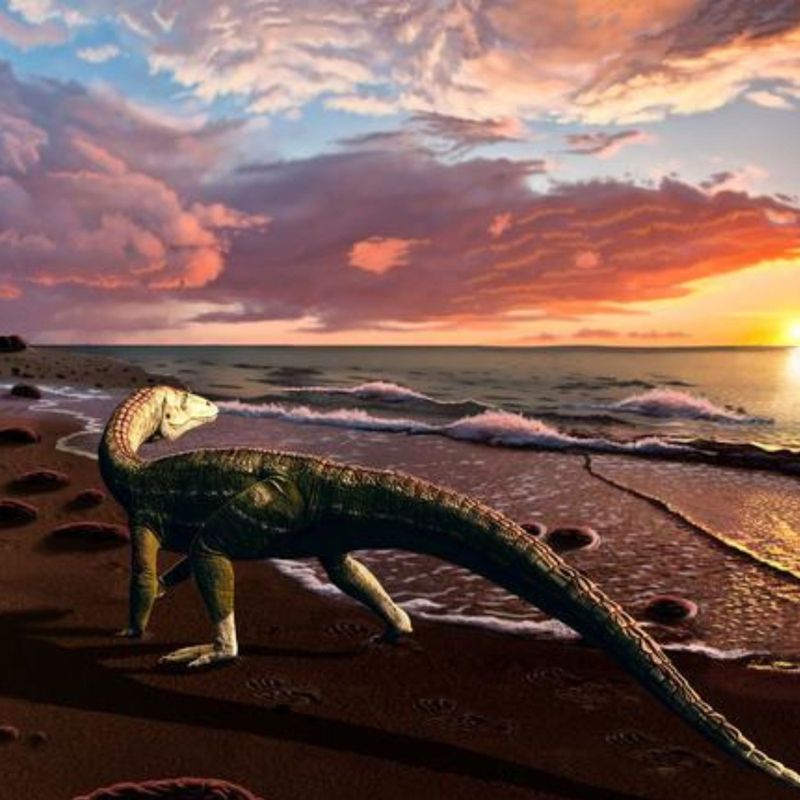
Remarkably, fossils of these creatures have been unearthed on every continent, including Antarctica, revealing their incredible success as a group. Their worldwide distribution shows they could adapt to various climates and ecosystems.
Regional variations in size and features tell a story of evolutionary adaptation to local conditions, with some species developing specialized traits for different prey types or environmental challenges.
10. Evolutionary Missing Link

This newly discovered species represents a crucial evolutionary connection between earlier primitive reptiles and later crocodilian forms. Distinctive skeletal features show a fascinating mix of ancestral traits and newer adaptations.
The fossil’s remarkable preservation allows scientists to analyze soft tissue impressions, providing unprecedented insights into muscle structure and possible locomotion patterns that bridge our understanding of reptile evolution.
11. Bizarre Body Modifications

Some species developed truly bizarre adaptations unlike anything seen in modern relatives. Elongated snouts specialized for fish-catching, turtle-crushing wide jaws, and even possible sail-backed varieties have been identified.
The most extreme specimens show evidence of specialized feeding adaptations, including filter-feeding structures in some species and bone-crushing dental arrangements in others, revealing remarkable evolutionary experimentation.
12. Still Influencing Modern Ecosystems
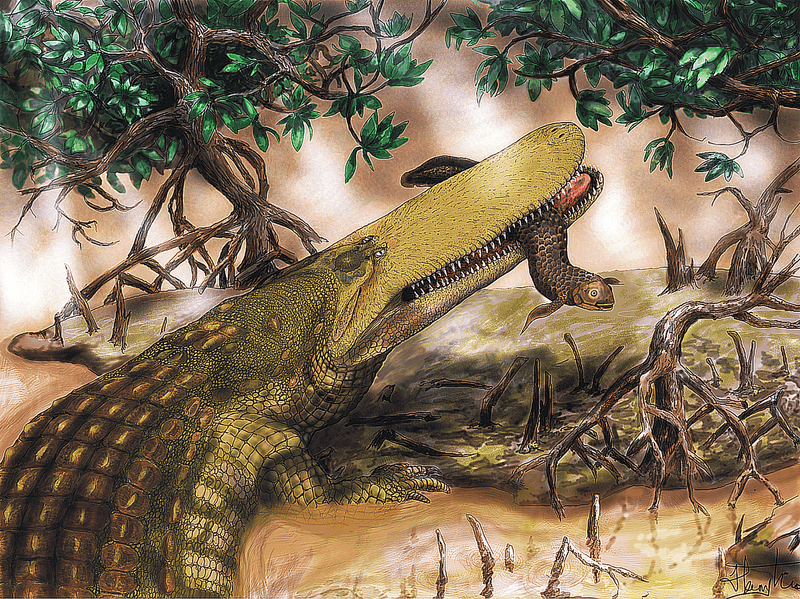
The ecological roles established by these ancient predators created evolutionary pressures that continue to shape modern animals. Many defensive adaptations seen in today’s creatures evolved specifically to counter these prehistoric terrors.
Their disappearance from certain ecosystems triggered cascading changes that altered evolutionary trajectories, demonstrating how apex predators influence entire food webs across geological timescales.



